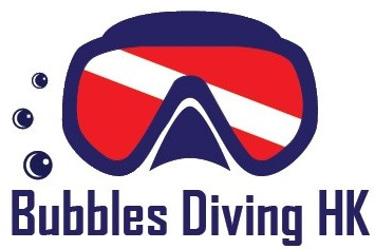Wetsuits vs. Dry Suits: Understanding the Best Options for Scuba Diving
Wetsuits 3mm or 7mm
bubblesdivingHK
6/24/20255 min read
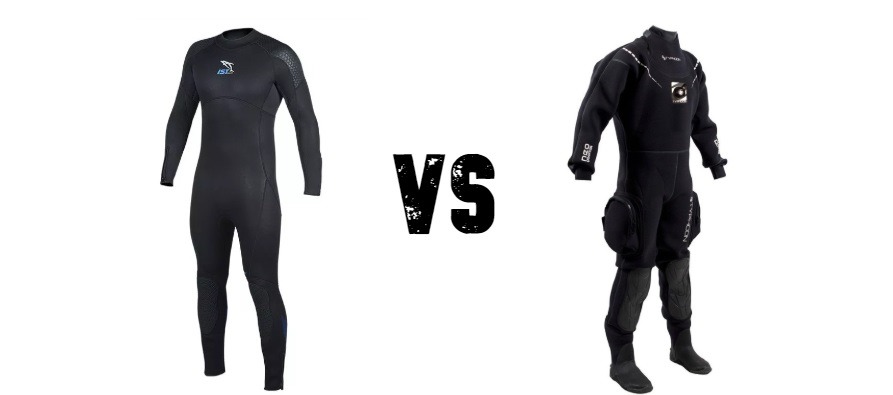

Understanding Wetsuit Thickness: 3mm, 5mm, and 7mm
When selecting a wetsuit for scuba diving, understanding the thickness of wetsuits, such as 3mm, 5mm, and 7mm options, is essential for ensuring sufficient warmth and insulation. Wetsuits are designed to provide varying levels of thermal protection depending on the thickness, each suited for specific water temperatures and diving conditions.
A 3mm wetsuit is typically adequate for warmer water temperatures that range from 70°F to 85°F (21°C to 29°C). This thickness is ideal for tropical diving or warm summer conditions, where minimal thermal protection is required. The flexible 3mm material allows for unrestricted movement and is often preferred by divers engaged in activities such as snorkeling or warm-water diving.
In contrast, a 5mm wetsuit offers increased insulation for water temperatures between 55°F and 70°F (13°C to 21°C). Typically used for temperate diving, the 5mm thickness provides a good balance between warmth and flexibility, making it suitable for divers who venture into cooler waters. This thickness is often chosen by divers looking for extended dive durations in moderately cold environments.
Finally, a 7mm wetsuit is essential for diving in colder waters, usually ranging from 45°F to 60°F (7°C to 15°C). The added insulation of a 7mm wetsuit is crucial for maintaining body heat during longer dives in frigid environments. This thickness may come with additional features, such as integrated hoods or seals, enhancing warmth and protection against cold water entry.
The materials used in wetsuits, such as neoprene, also play a significant role in providing warmth. Neoprene is designed to trap water against the skin, creating a thin insulating layer that warms as the diver's body heat warms the water. When choosing the right thickness for a wetsuit, consider the water temperature and intended diving context to maximize comfort and safety during the dive.
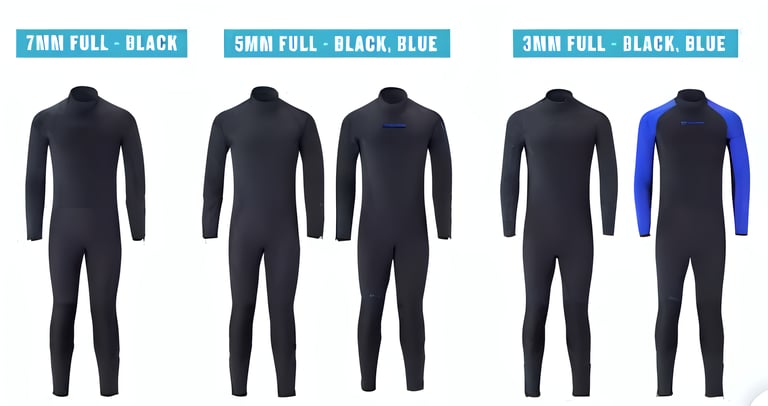

What is a Dry Suit and When to Use One?
A dry suit is a specialized type of diving suit designed to keep the diver completely dry, primarily through its waterproof exterior and insulated layers. Unlike wetsuits, which allow a thin layer of water to enter and subsequently warm up against the body, dry suits provide a barrier that prevents water from making direct contact with the skin. This distinction is critical for divers who may expose themselves to significantly colder water temperatures.
Dry suits are typically made from materials such as neoprene, latex, or other advanced fabrics that enhance thermal insulation. The design features include sealed seams, waterproof zippers, and airtight seals at the neck and wrists, which ensure that water cannot penetrate the suit. Additionally, dry suits often utilize built-in inflation and exhaust valves, which allow divers to manage buoyancy and air pressure within the suit while submerged.
The primary benefits of wearing a dry suit stem from its exceptional insulation properties, making it an ideal choice for cold-water diving or extended dives where exposure to frigid conditions is a concern. In scenarios such as diving in icy lakes or during winter months, a dry suit effectively preserves body heat, allowing for a more comfortable diving experience. Moreover, for technical divers who spend prolonged hours underwater, the insulation provided by a dry suit can be vital for maintaining core body temperature.
Proper care and maintenance of a dry suit are essential to ensure its longevity and performance. After each dive, rinse the suit with fresh water to remove any salt, sand, or debris. Additionally, it is advisable to store the suit in a cool, dry place away from direct sunlight, which can degrade the materials over time. Understanding the proper use and maintenance of a dry suit can significantly enhance the diving experience for individuals venturing into colder waters.
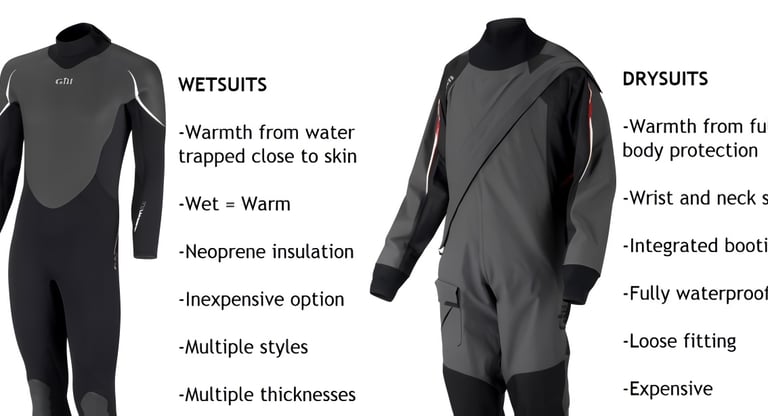

Wetsuit vs. Dry Suit: Which is Better for Your Climate?
When considering the choice between a wetsuit and a dry suit, understanding your diving environment is crucial for ensuring your comfort and safety underwater. Each suit has distinct features that cater to different water temperatures and climatic conditions, ultimately influencing your overall diving experience.
A wetsuit is designed to offer thermal protection in moderately warm to cool waters. Constructed from neoprene, a wetsuit traps a thin layer of water between the suit and the diver's skin, which is then warmed by body heat. This type of suit performs well in tropical regions where water temperatures range from 60°F to 80°F (15°C to 27°C). When diving in warmer waters, a thinner wetsuit (e.g., 3mm or 5mm thickness) can provide sufficient insulation without causing overheating, allowing for an enjoyable experience.
In contrast, dry suits are intended for cold-water diving, often used in temperatures below 60°F (15°C). Unlike wetsuits, dry suits are designed to keep a diver completely dry. They utilize air insulation, allowing divers to wear thermal undergarments underneath. This effectively prevents heat loss, making them suitable for extreme conditions like ice diving or diving in colder climates. However, it's essential for divers to learn how to manage the air within a dry suit, which can create buoyancy challenges if not properly handled.
For divers in regions where water temperatures fluctuate significantly, understanding these differences is vital. Those who frequently dive in varying climates may benefit from owning both types of suits. Moreover, factors such as personal tolerance to cold and the length of dives should also be considered to make the best selection. Ultimately, your choice of a wetsuit or dry suit will significantly impact your comfort and overall diving experience.
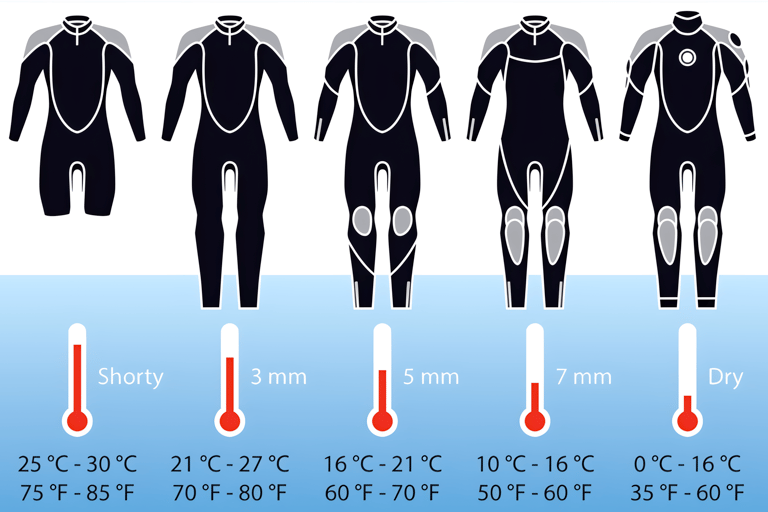

Should I Buy a Wetsuit or Rent One?
When considering whether to buy or rent a wetsuit for scuba diving, it is essential to evaluate several factors, including frequency of diving, financial implications, and personal fit. For individuals who dive regularly, investing in a personal wetsuit often proves to be more cost-effective over time. Rental fees can accumulate quickly, particularly for frequent divers, making ownership a more viable option in the long run.
Personal wetsuits tend to offer several advantages over rental options. One of the primary benefits is hygiene. A personal wetsuit allows divers to maintain control over cleanliness, reducing the risk of exposure to germs or unpleasant odors that can be associated with rental gear. Furthermore, a custom-fit wetsuit enhances comfort and performance. Many divers find that purchasing a wetsuit tailored to their body shape improves their overall diving experience, providing better insulation and flexibility underwater.
However, renting a wetsuit can be advantageous for casual divers or those who dive infrequently. The initial cost of purchasing a wetsuit can be substantial, especially for high-quality models built to withstand the conditions encountered in various dive locations. For beginners or those unsure about their diving frequency, renting allows individuals to try different styles and brands without the commitment of purchase. It is important to seek high-quality rental options that fit well; an ill-fitting wetsuit can lead to discomfort, hinder flexibility, or even compromise thermal protection while diving.
When renting, potential divers should focus on the quality of the wetsuit, ensuring it is in good condition. Look for suits with minimal wear, tears, or signs of heavy use. A well-maintained rental wetsuit can still provide adequate thermal insulation and comfort, making it a practical option for those exploring diving as a hobby or seasonal activity. Ultimately, the decision to buy or rent a wetsuit should be informed by personal preferences, diving habits, and budget considerations.
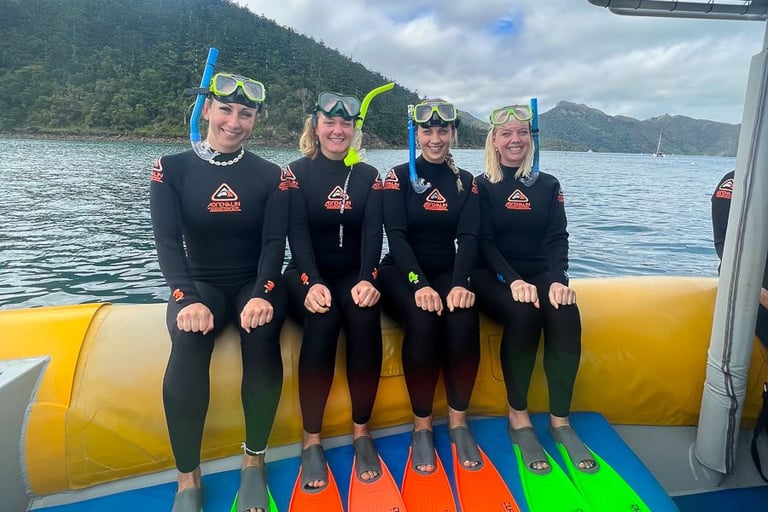

Contacts
Whatsapp: +852 6200 6701 (Primary) Whatsapp: +852 6904 1892
bubblesdiving.hk@hotmail.com
Location: Kowloon, Hong Kong
Bubbles Diving HK©2025
